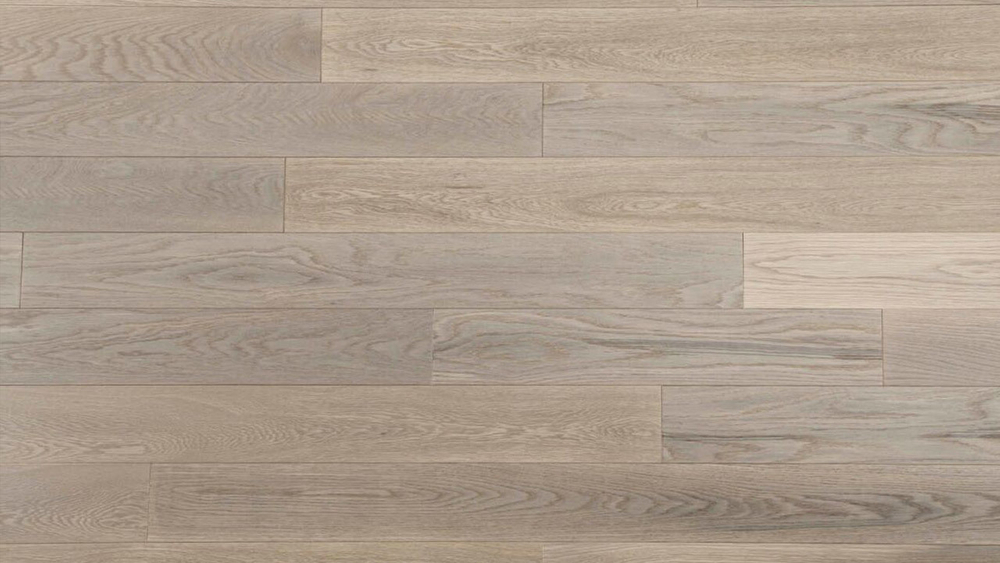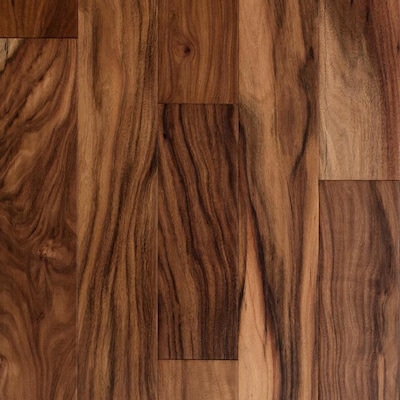Any engineered hardwood made with urea formaldehyde glue should be avoided since it can emit 90 percent more formaldehyde than engineered wood containing phenol formaldehyde glue.
Armstrong engineered hardwood made in china formaldehyde.
Federal government and where applicable state regulations such as the california air resources board carb ii.
Armstrong sources laminate flooring made to our specifications.
If you ve already started reviewing your options in the hardwood flooring market then you ll be well aware that engineered hardwood flooring is an increasingly popular product.
In fact tests done by the hardwood plywood and veneer association found high levels of formaldehyde in flooring that was made in china and sold in north america.
Composite wood products are panels made from pieces chips particles or fibers of wood bonded together with a resin.
Although plywood used in engineered hardwood floors are commonly manufactured using a phenol formaldehyde resins these days phenol formaldehyde resins still contains.
In the production of engineered hardwood flooring the plywood core which contains the adhesives that contain the formaldehyde.
Formaldehyde is an ever present colorless gas that can give off a pickle like smell.
Formaldehyde is normally present at low levels usually less than 0 03 parts per million ppm in both outdoor and indoor air.
Should i be concerned about formaldehyde if i have laminate wood flooring in my home.
This is where the emissions concerns come from for engineered hardwood.
Upwards of 2 20 per square foot for engineered hardwood compared to upwards of 3 40 per square foot for solid.
Engineered hardwood can be installed in challenging spaces.
It has been commonly used in home products for decades in everything from certain types of wood flooring to.
Not necessarily because the amount of formaldehyde in the laminate flooring if present can vary due to how the flooring is made.
Better still it s competitively priced compared to solid hardwood flooring.










